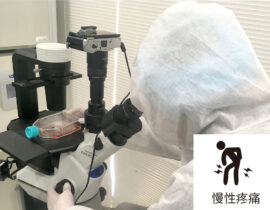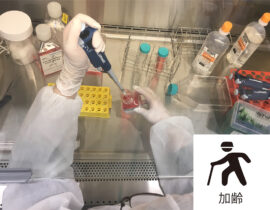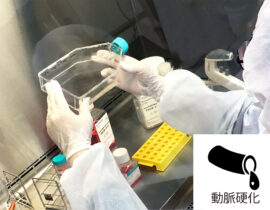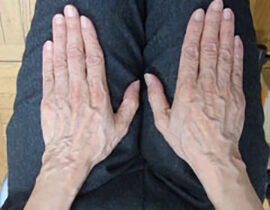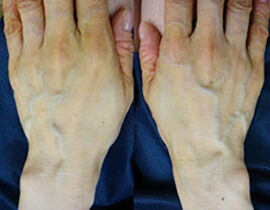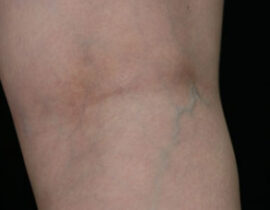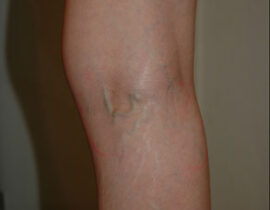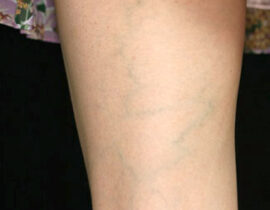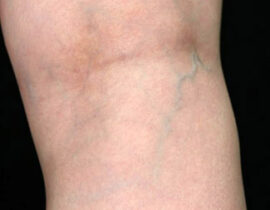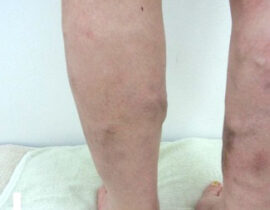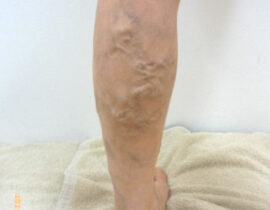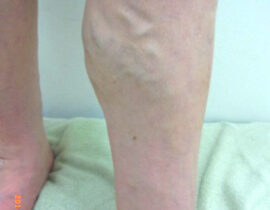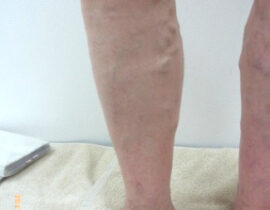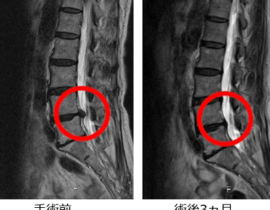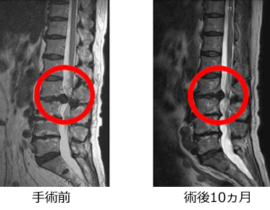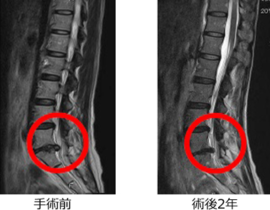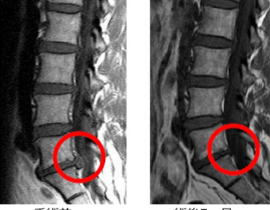【for Engrish】Telomere Test
Assessing Cellular Aging
Telomere Testing
we offer telomere testing to evaluate the degree of cellular aging and the risk of pre-disease—a state between health and illness, indicating a shift toward disease.This test measures two key indicators of cellular aging:
- Telomere Integrity (Telomere Length)
- Telomere Fatigue (G-tail Length)
Telomeres are structures located at the ends of chromosomes within the cell nucleus. They serve to stabilize chromosomes and maintain genetic integrity. When telomeres become unstable, the risk of developing various health conditions increases, making telomeres a crucial factor in aging and disease onset.
The strength of a telomere is largely determined by its length. However, telomeres gradually shorten due to aging and environmental stress, and once shortened, they cannot be restored.
At the tip of each telomere is a tail-like structure called the G-tail, which plays a vital role in telomere stabilization. Maintaining the length of the G-tail helps preserve telomere integrity and chromosome stability, thereby slowing the aging process and reducing disease risk.
Unlike overall telomere length, G-tail length can be supported and preserved through improved lifestyle habits and environmental factors.
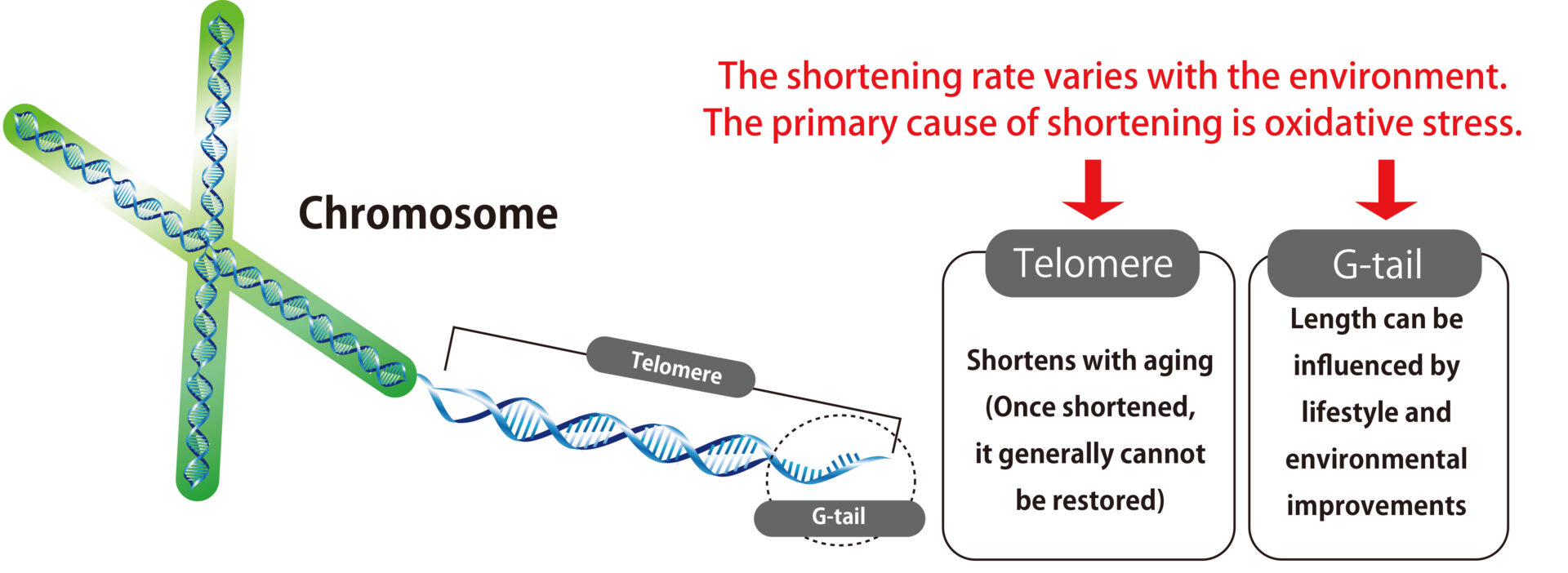
1. Telomere Integrity (Telomere Length)
The length of the telomeres reflects their integrity.
By measuring telomere length, we can evaluate the cumulative impact of past lifestyle habits and illness-related physical stress on the body.
2. Telomere Fatigue (G-tail Length)
The length of the G-tail reflects telomere fatigue.
This measurement helps assess the rate of telomere shortening and the stability of chromosomes.
| Test Name | Fee |
|---|---|
| Telomere Test ① Telomere Length + ② G-tail Length Measurement(Blood-based) | ¥66,000(Tax Included) |
| Telomere Test ② G-tail Length Measurement Only(Blood-based) | ¥33,000(Tax Included) |
What to Do If Your Telomere Test Indicates Poor Strength or Fatigue
If your telomere test results suggest decreased cellular strength or increased fatigue, there are several supportive approaches to help stabilize and protect your telomeres. These include:
・ Lifestyle Modifications
・ NMN Supplementation Therapy
・ Autologous Mesenchymal Stem Cell (MSC) Therapy
If you have recently started feeling older than your age, are experiencing increased forgetfulness or fatigue, or are concerned about age-related symptoms such as declining vitality or skin aging, we encourage you to consult with us.
・ Improving daily habits can play a key role in stabilizing telomeres. Important practices include:
・ Ensuring sufficient, quality sleep (at least 6 to 7.5 hours)
・ Engaging in regular exercise, such as brisk walking for 20 minutes a day
・ Incorporating muscle strengthening and stretching routines
・ Maintaining an active social life
・ Managing stress effectively
・ Following a well-balanced, non-restrictive diet
・ Avoiding overeating (aiming for “hara hachi bunme”—eating until 80% full)
・ Living with laughter and joy
NMN (Nicotinamide Mononucleotide) is a vital substance involved in essential cellular functions. However, it naturally declines with age and is difficult to replenish sufficiently through food alone. Supplementing NMN at physiologically safe levels is believed to activate sirtuin (longevity) genes, which may contribute to telomere stabilization.This therapy aims to support improved metabolism, cognitive function, and recovery from fatigue—key concerns associated with aging.
Stem Cells Transl Med 2017 Dec;6(12):2173-2185. doi: 10.1002/sctm.17-0129. Epub 2017 Oct 26.
「Multifaceted Characterization of Human Mesenchymal Stem Cells for Use in Regenerative Medicine」
Rebekah M Samsonraj, Michael Raghunath, Victor Nurcombe, James H Hui, Andre J van Wijnen, Simon M Cool
Video Resources: Understanding Autologous MSC Therapy
◇Regenerative Medicine Overview (18 min 15 sec)
A comprehensive explanation of regenerative medicine and stem cell therapy in one video.
◇Regenerative Medicine Q&A (17 min 31 sec)
Answers to common questions patients have about regenerative therapies.
◇Clinical Outcomes and Administration Examples (14 min 03 sec)
Detailed explanation of cultivation methods and case examples including treatment results for chronic pain, dementia, and arteriosclerosis.
◇Regenerative Medicine for Aging Care [Stem Cell Therapy] (49 sec)
A quick introduction to stem cell therapy as part of age-related care.

